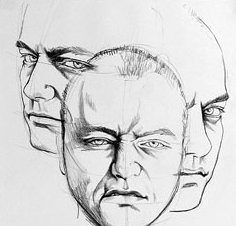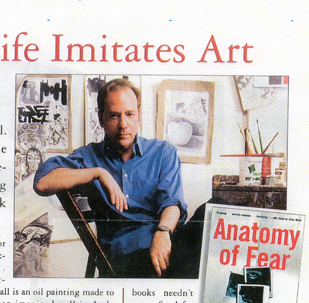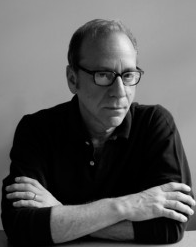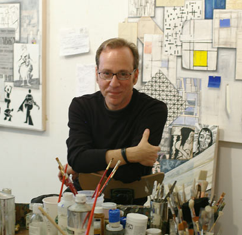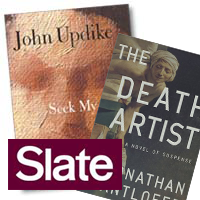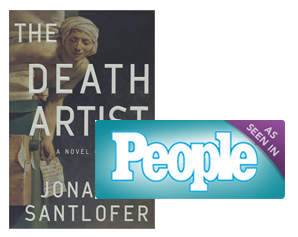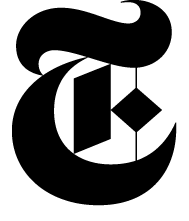Santlofer’s Novel More Graphic Than Most – USA Today
By Carol Memmott, USA TODAY Self-portraits aren’t unusual — unless the artist is using himself as the model for a corpse. In Anatomy of Fear (William Morrow, $24.95), author and artist Jonathan Santlofer does just that. “It is a little creepy,” concedes Santlofer, whose genre-defying, sketch-filled work of fiction, subtitled A Novel of Visual Suspense, will be published Tuesday. “But I do my best work when I’m looking at my subject. I have this very big mirror in my studio. I’d lie on the floor with my pencil, get into position, and start to draw.” His 20-year-old daughter, Doria, was the model for the portrait of a murdered young woman in the novel, he says, but she took the assignment in stride. She spent much of her modeling time sprawled on the floor “talking on her cellphone.” Santlofer says he considers Anatomy of Fear “a bridge” between a traditional novel and a graphic novel. The … Read more

